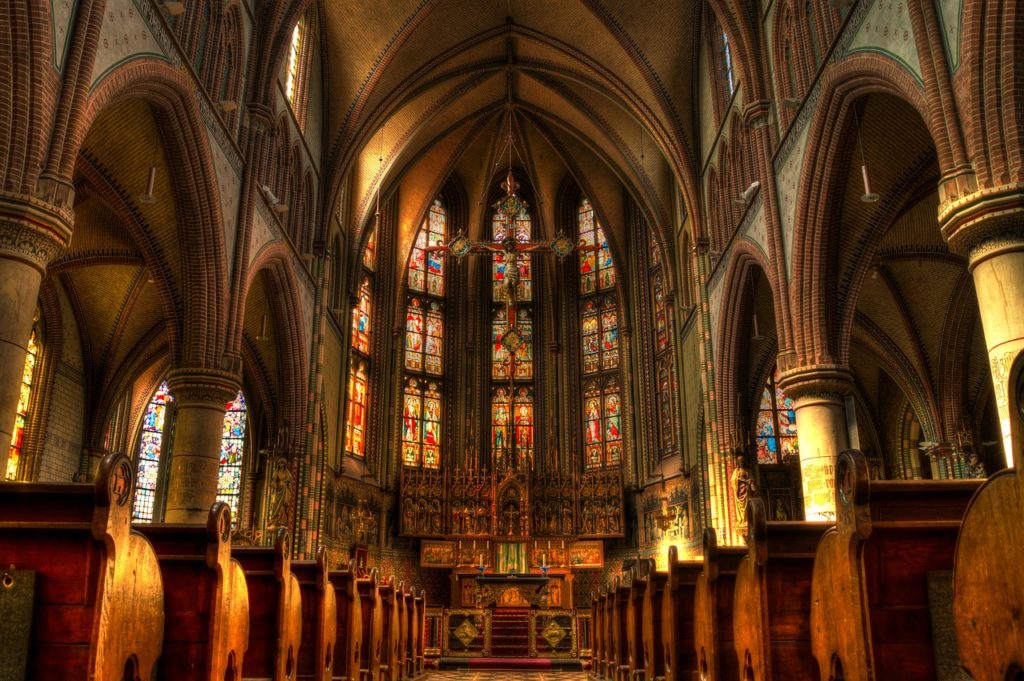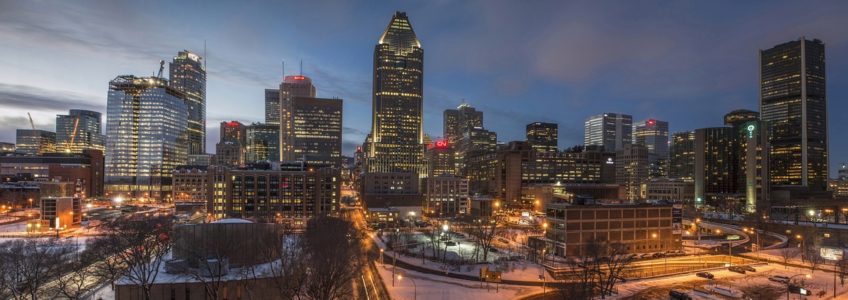You know those moments where you learn something you really should have known already? The ‘what?… oh!’ moments that make you slap your forehead? Well, I had one of those this week – two if you count being able to spin the bottom plate on a stapler to get easily removed staples.

I’ll admit, living on the edge of the Ring of Fire gives me a certain complacency around learning about other earthquake zones. This became very apparent when someone mentioned the 1732 earthquake in Montreal, and I had no idea what they were talking about. Turns out, Quebec is the second biggest earthquake zone in Canada after the west coast!
In case you’re discovering this with me, here’s some information about our seismic cousins out east. The earthquake zone is known as the Western Quebec Seismic Zone and it extends from Montreal to Temiscamingue and the Laurentians east of Ontario. This zone averages a 5-6M quake every 25 years, and a 6+M every century or so.
Of the last 8 major earthquakes in this zone, 5 have been in the Charlevoix-Kamouraska area, but the one that grabbed my attention was the 5.8M earthquake that occurred in Montreal on September 16 at 11 AM. The shaking destroyed chimneys, cracked walls, and damaged 300 houses. Additionally 185 buildings were destroyed by fires following the quake.
One casualty was rumoured to have occurred, a little girl, however there has not been enough evidence in modern investigations to back up the story. Montreal was deemed especially vulnerable to seismic movement due to its population density and the type of soil.
Here’s an account from the Mother Duplessis (head nun) of St Helen Superior (her order) of the Hotel Dieu (a hospital):
“One month ago an earthquake caused unexpressible consternation. The first shock which lasted two or three minutes damaged 300 houses, many chimneys tumbled down; walls cracked; people were wounded and one girl was killed; showers of stones spread everywhere seemingly thrown by invisible hands; finally there was such universal fright that the houses were deserted, people slept in the gardens and beasts were shrieking thereby redoubling the fears of men ….

Many have fled and have come to Quebec having a fear of being buried alive under the ruins of that poor city. What is worse, all is not yet finished. There are no days when it is not felt; some wells are extremely dry and roads appear plowed.”
Because this earthquake took place before humans had the tools to effectively measure earthquakes the event is often described using the Modified Mercalli Intensity Scale. This measures the effect an earthquake has on people and infrastructure, instead of the raw energy released by the seismic shift (measured on the Richter scale).

MM I: Barely noticeable. These are the quakes you only know about because conditions were exactly right. A door, tree, or structures might sway slowly, or animals might act disturbed, but generally people won’t notice.
MM II: A few people will feel these indoors. Hanging objects might swing, and people may get a sensation of dizziness. MM II is usually only noticed by sensitive or nervous people.
MM III: Felt indoors a MM III quake feels like a rapid vibration. These are often mistaken for other phenomenons at first. These might rock a car on its suspension, but you could still sleep through it.
MM IV: This is where the quakes get big enough that they might wake you up. Most people would feel these indoors, and some might notice them outside. Glassware might rattle, but in general people aren’t frightened unless they’ve had previous bad experiences.
MM V: These are hard to miss. Most people will feel the shaking, and be woken by them. People might be scared, but the majority are calm. Buildings might tremble and windows crack, and small or unsteady pieces of furniture fall over.
MMVI: A 6 is felt by everyone, regardless of where they are. There is a general excitement and many people will be frightened. There’s no sleeping through a 6. Damage may start to appear at this intensity: flaking plaster, slight cracks in chimneys or poorly built buildings, broken glassware, and furniture may even topple.
MMVII: There is enough movement at a 7 to ring church bells and make waves in still lakes. Water will be cloudy from stirred sediment and everyone runs outside for safety. Some damage might start to show in well constructed buildings, while lesser constructions are considerably damaged or even ruined. Bricks and stones may fall, collapsing some chimneys.
MMVIII: Panic starts in a generally alarmed populous. Trees fall and break, and wells might dry out or refill. There is considerable damage to all buildings, except those built especially to withstand earthquakes, though even these have slight damage. Heavy furniture is moved or overturned.
The Montreal earthquake scored an 8 on the Mercalli scale, so we’ll stop here. The scale does go all the way up to 12 for extremely intense quakes.
What can we learn from this seismic zone in Eastern Canada? Well, one thing for certain: if you’re visiting Montreal, don’t forget your kit!
Thank you for reading.
This article was written by Zenia Platten – Author of Tethered and Emergency Preparedness Professional.
Sources: Wikipedia, Natural Resources Canada, and the National Resource Council.

